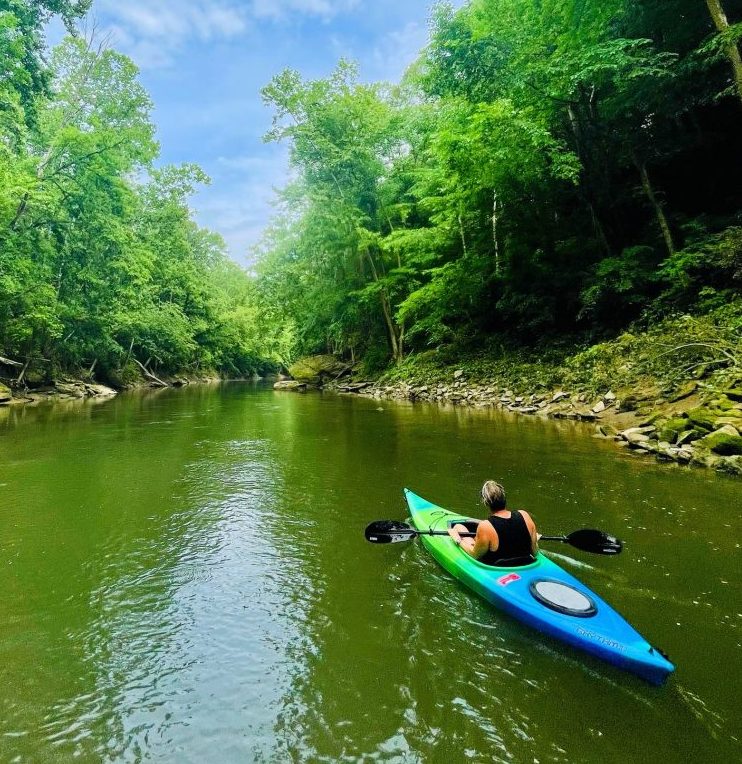For the past several years the Mifflin Township Division of Fire has experienced a sharp increase in the number of emergencies involving local creeks, ponds and tributaries. Emergencies range greatly. These include emergencies in which individuals slip while streamside and those intentionally entering the water (or into ice in winter) and are swept away. Canoes and rafts capsize, get stuck in tree branches or on islands that form in the center of the creek, and, most recently, experienced and agile kayak users get caught in tree debris and are capsized or pinned against rocks or logs.
Often this occurs when water is at flood stage, meaning the water level has extended beyond the normal banks. Flooding increases the volume, depth and the speed of the water. When a pond or large body of standing water forms, like in a field or on a roadway, flooding rapidly increases depth and normal margins. Ponds and standing water are oftentimes also moving.
Moving and standing water should always be approached with extreme caution. A watercraft pinned against trees or rocks can be impossible to move without assistance. The force of water holding an object or person in place can quickly lead to exhaustion, and the most experienced and strongest swimmers and boaters can succumb quickly to these conditions and drown.
For firefighters, operating under these conditions is equally precarious. The natural riverbanks, including cut trails and paths, are under water forcing our staff to operate on less-than-ideal surfaces. It also takes time to assemble the necessary rescue equipment and prepare to enter the water to perform a rescue, time that isn’t available for those needing to be rescued. Sometimes firefighters are working in the same storms that caused the flooding and, at times, in the darkness of night. The point is that water rescues are very challenging and require more time than many of the other emergencies.
Canoers and kayakers should avoid boating on creeks and waterways that are flooded where water is spilling outside of the natural banks. Never paddle or enter water above a low head dam, whether manmade or natural, and monitor water conditions like flow and temperature before entering the water by accessing one of the state or Franklin county online gauges. Canoers, kayakers and rafters should always wear an appropriately sized and fitted personal flotation device.
Avoid strainers during all boating conditions. Strainers are obstructions in moving water that allows the water to move past but holds objects or people in place. These are branches that hang over and into the water, as well as logs and branches under the water that stick up and could pin an object above or below the waterline.
Hypothermia can occur in any outside air temperate and in any season. Hypothermia occurs when the bodies temperature decreases to a level that physical activity becomes more difficult and can render an individual unconscious. Wear appropriate clothing in all seasons and be attentive to others around you and how the water temperature may be affecting them.
There are many online options that address watercraft and water safety topics in small creeks, streams and tributaries when they are not in flood stage. Please review these with your family and especially children. Model appropriate and safe behavior.
Mifflin firefighters look forward to seeing you and your family safely enjoying our beautiful creek ways and trails this summer!

